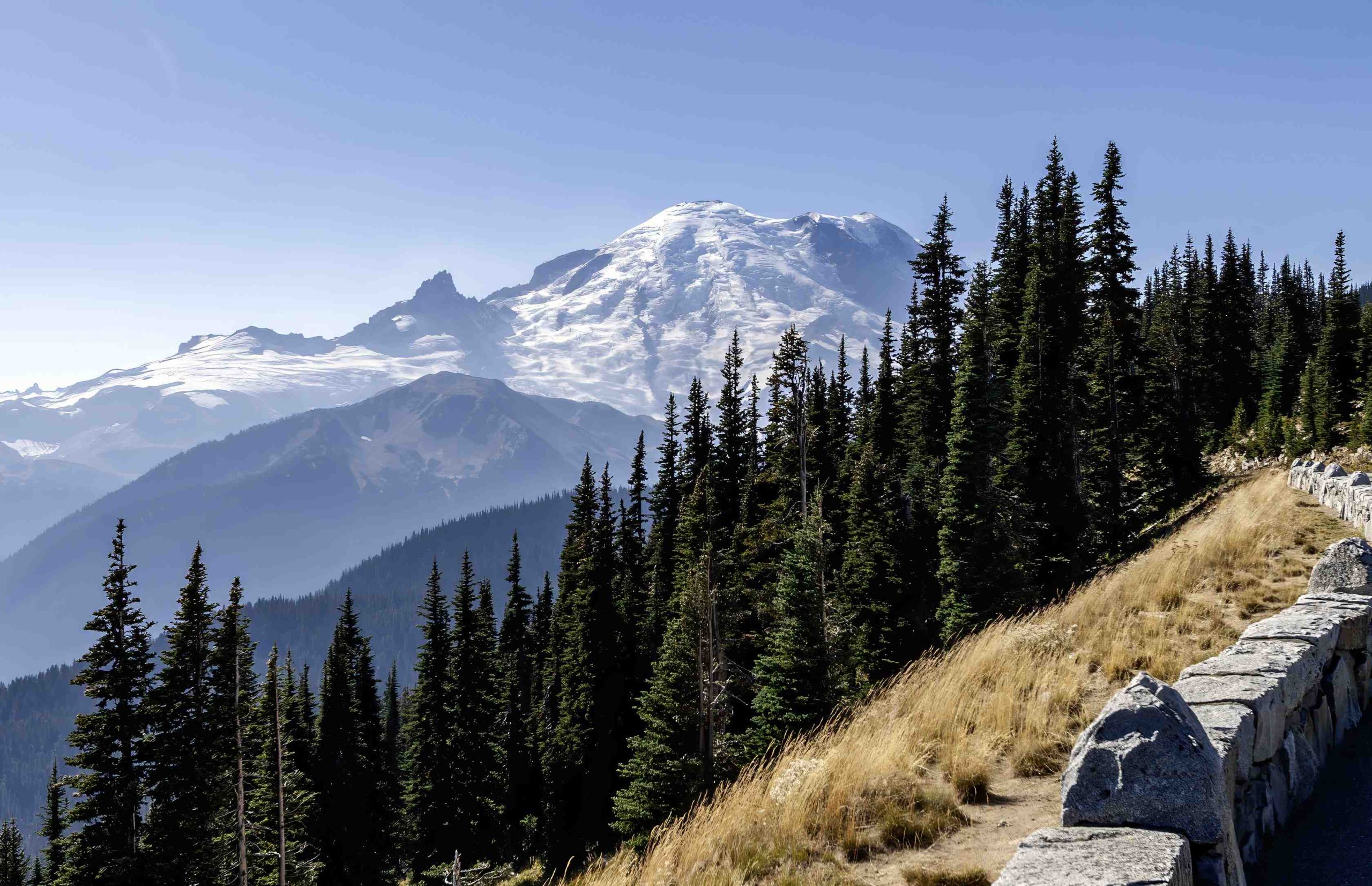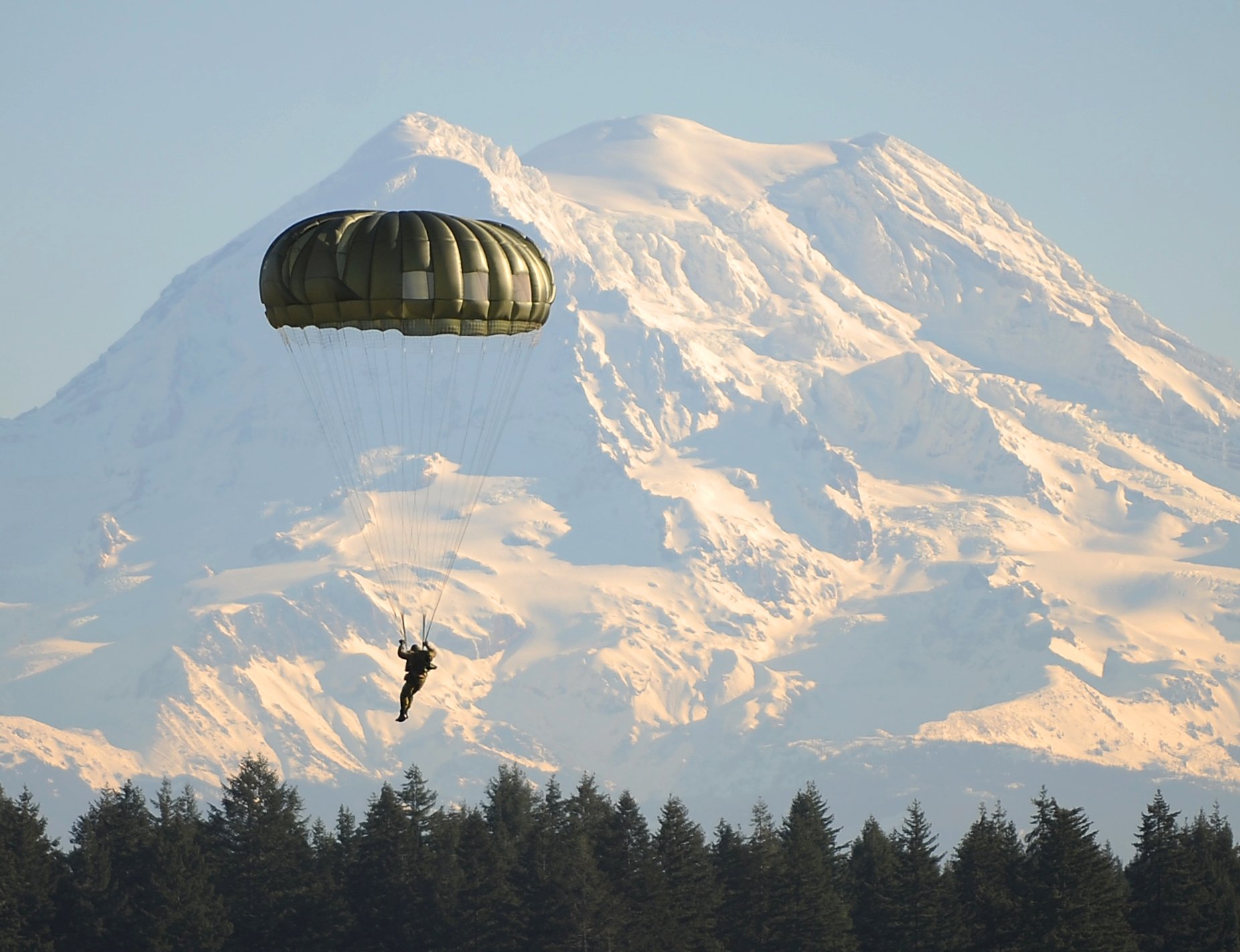The REI Mount Rainier climb list is a comprehensive guide for mountaineers planning to conquer this iconic peak. It includes essential gear, route information, permit requirements, and preparation tips. This list is crucial for ensuring a safe and successful ascent of Mount Rainier, covering everything from technical equipment to clothing and safety gear. Climbers rely on this list to properly equip themselves for the challenging conditions and technical demands of scaling one of North America’s most prominent mountains.
What Does the REI Mount Rainier Climb List Include?

The REI Mount Rainier climb list encompasses a wide range of essential items and information:
- Technical Climbing Gear
- Clothing and Layering Systems
- Safety Equipment
- Camping and Sleeping Gear
- Navigation Tools
- Food and Hydration Supplies
- Permit Information
- Route Descriptions
- Physical Preparation Guidelines
Let’s delve into each of these categories to understand their importance and specifics.
Why is Proper Gear Selection Crucial for Mount Rainier?

Proper gear selection is vital for a Mount Rainier climb due to the mountain’s challenging conditions and technical demands. Here’s a breakdown of the essential gear categories:
Technical Climbing Gear
- Crampons
- Ice Axe
- Climbing Harness
- Helmet
- Rope (typically 60m, 9-10mm diameter)
- Carabiners (both locking and non-locking)
- Prusik Cords
- Belay Device
Clothing and Layering Systems
- Base Layers (moisture-wicking)
- Insulating Layers (fleece or synthetic)
- Shell Jacket and Pants (waterproof and breathable)
- Insulated Jacket (down or synthetic)
- Gloves (multiple pairs for different conditions)
- Warm Hat and Sun Hat
- Gaiters
Safety Equipment
- Avalanche Transceiver
- Probe
- Shovel
- First Aid Kit
- Emergency Shelter (bivy sack or lightweight tent)
- Headlamp with Extra Batteries
What Are the Different Routes to Climb Mount Rainier?
Mount Rainier offers several climbing routes, each with its own challenges and characteristics:
- Disappointment Cleaver/Ingraham Glacier Route
- Most popular summer route
- 9,000 feet elevation gain
-
50% success rate
-
Emmons-Winthrop Glacier Route
- Second most popular route
-
Slightly more difficult than Disappointment Cleaver
-
Kautz Glacier Route
- More technically challenging
-
Requires ice climbing skills
-
Liberty Ridge Route
- Most difficult and dangerous route
- Requires advanced mountaineering skills
How to Obtain Mount Rainier Climbing Permits?
Obtaining the necessary permits is crucial for climbing Mount Rainier. Here’s what you need to know:
- Climbing Permit
- Required for climbing on glaciers or above 10,000 feet
- Can be purchased in advance or on the day of the climb
-
Valid for the calendar year
-
Registration
- Must register in person on the day of the climb or the day prior
-
Requires a valid photo ID
-
Special Permissions
- Climbers under 18 need written permission from a parent or guardian
- Solo travel above high camps requires written permission from the Park Superintendent
What Physical Preparation is Needed for Mount Rainier?
Preparing physically for Mount Rainier is crucial for a successful and safe climb. Here’s a recommended training regimen:
- Cardiovascular Endurance
- Regular hiking with a weighted pack
- Stair climbing or hill training
-
Long-distance running
-
Strength Training
- Focus on leg and core exercises
-
Include upper body workouts for ice axe use and rope handling
-
Altitude Acclimatization
- If possible, train at higher elevations
-
Consider using an altitude tent for pre-acclimatization
-
Mental Preparation
- Practice stress management techniques
- Familiarize yourself with mountaineering skills and scenarios
What is the Typical Climb Itinerary for Mount Rainier?
A typical climb itinerary for the Disappointment Cleaver route looks like this:
| Day | Activity | Details |
|---|---|---|
| 1 | Orientation and Hike to Camp Muir | 4-6 hours, 4,600 feet elevation gain |
| 2 | Rest and Preparation at Camp Muir | Additional training or acclimatization |
| 3 | Summit Attempt | Alpine start around 11:30 PM |
| Summit and Descent | Reach summit around sunrise, descend same day |
How to Choose the Right Guide Service for Mount Rainier?
Choosing the right guide service is crucial for a safe and enjoyable Mount Rainier climb. Consider the following factors:
- Experience and Reputation
- Look for companies with a long history of guiding on Mount Rainier
-
Check reviews and testimonials from previous clients
-
Guide-to-Client Ratio
-
A lower ratio ensures more personalized attention and safety
-
Training and Preparation
-
Some services offer pre-climb training and orientation
-
Equipment Provided
-
Check what gear is included and what you need to bring
-
Success Rates
-
While not the only factor, higher success rates can indicate better preparation and decision-making
-
Cost and Value
- Compare prices, but also consider the value of included services and equipment
What Are the Key Safety Considerations for Mount Rainier?
Safety is paramount when climbing Mount Rainier. Key considerations include:
- Weather Monitoring
-
Stay updated on weather forecasts and be prepared to adjust plans
-
Crevasse Awareness
-
Understand glacier travel techniques and crevasse rescue procedures
-
Altitude Sickness Prevention
-
Acclimatize properly and recognize symptoms of altitude illness
-
Team Communication
-
Maintain clear communication with your climbing partners or guides
-
Emergency Preparedness
-
Carry necessary emergency gear and know how to use it
-
Know Your Limits
- Be honest about your physical condition and skill level
Remember, the REI Mount Rainier climb list is a crucial tool for preparation, but it’s equally important to have the skills, knowledge, and physical conditioning to use this gear effectively. Always prioritize safety and be prepared to turn back if conditions are unfavorable.
References:
1. Comparing Mount Rainier Climbing Routes
2. Climbing Mount Rainier – Disappointment Cleaver Route
3. RMI Expeditions 4-Day Summit Climb
4. Mount Rainier Climbing Gear List and Permits
5. Mount Rainier Standard Summit Route

